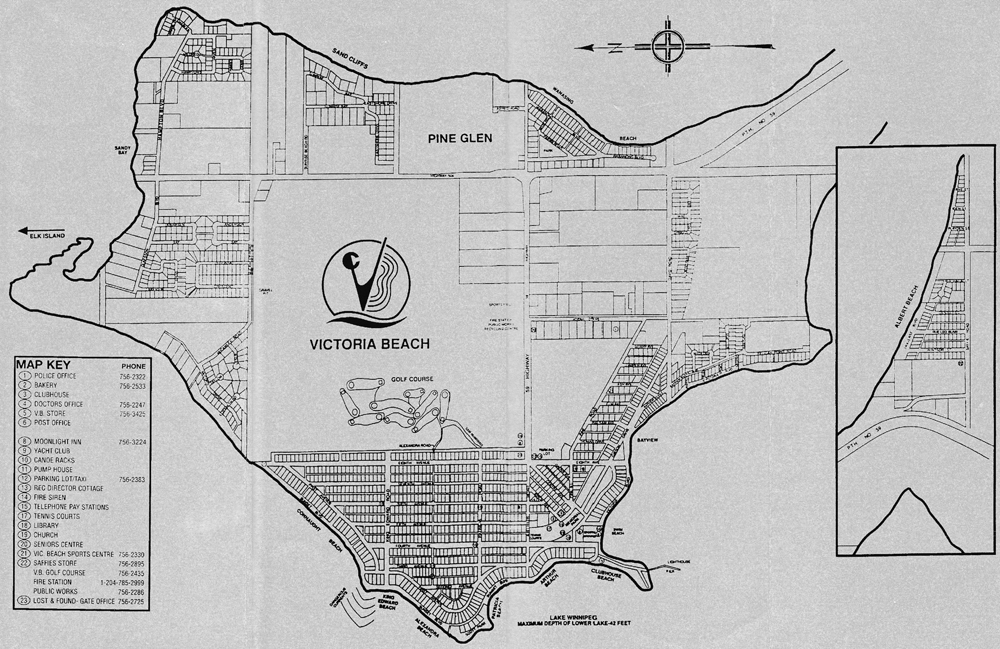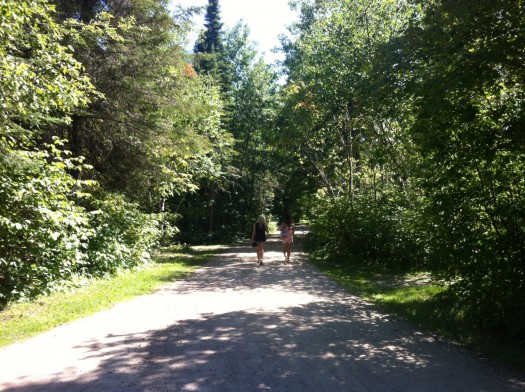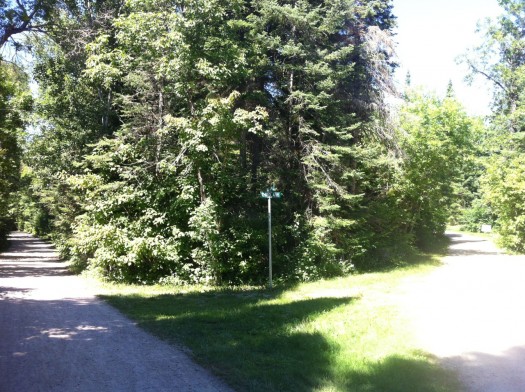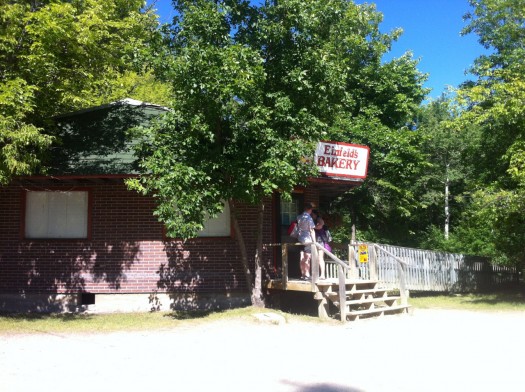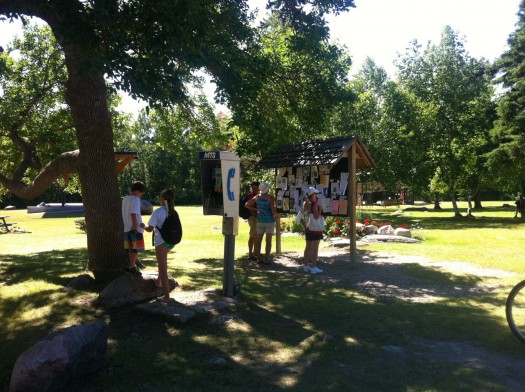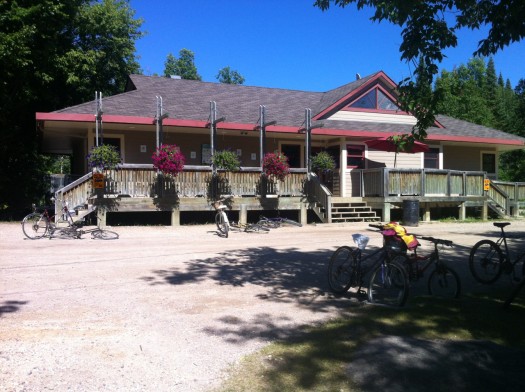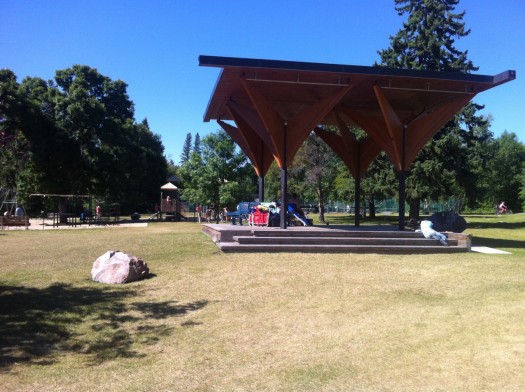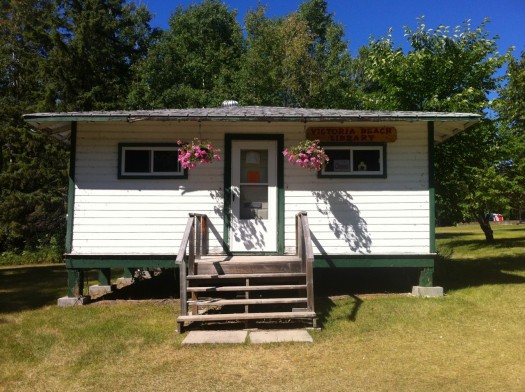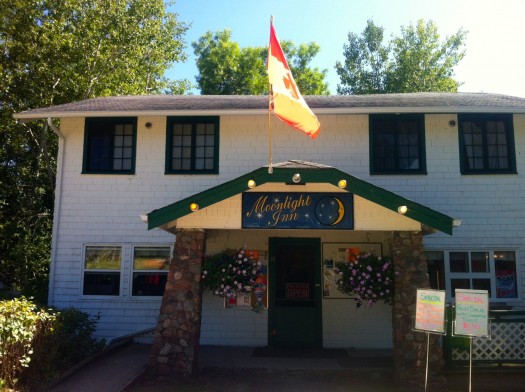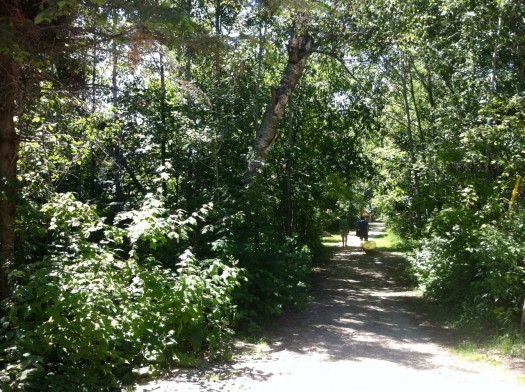A Placemaking Journal
Cottage Simplicity: Keeping it easy, making it attainable
We talk often here on PlaceShakers about cottage living, as well as drilling down into how to make that happen at home, with conversations like Small Y’all: A Cottage Solution to the Housing Problem and “Pocket Neighborhoods”: Scale Matters.
This weekend, strolling through Victoria Beach — an insightful cottage community in Manitoba, Canada — I was struck by many of the lessons learned through all the conversations we’ve had together here. And one of the biggest is to keep it simple. And in many cases, that means inexpensive. Victoria Beach does it with a dirt street grid and very simple architecture on the town square, which is really more of an oversized town ramble. Most of the lots on these dirt streets are not cleared keeping the costs lower and privacy higher.
Of course, it wasn’t always easy to keep things simple, as conversations with the owner of the cottage we are fortunate enough to rent pointed out. When his grandfather completed the cottage in 1916 — one of the original twelve in the settlement — they waited until the 258 mile-long Lake Winnipeg froze, and brought the logs across from the west side, pulled over the ice by horses. Then in the summertime, they’d take boats up the Red River from their home in Winnipeg, to the river’s mouth on Lake Winnipeg, and camp on the beach in tents while they built their cottage.
Had they waited until the railway arrived in 1916, they’d have had it much easier. This should provide a long pause for us urban planning types, since the past of this historic Rural Municipality offered three modes of transportation — rail, car, and boat — while our present offers only car. What else can we learn from the patterns and practices we’ve left behind?
So the architecture of the town’s commercial buildings is nothing like anyone in my firm — or probably any of you — would design. And yet this place is so beloved that it is no longer affordable enough for me to want to buy here. Is it because of that dirt street grid that is restricted to pedestrians and cyclists? Cars are left in a large parking lot at the front entrance, with goods transferred by taxi vans. Or those uncleared lots? Or the simple conviviality that comes with being connected? Or the satisfyingly good plan, even when experienced on foot and pedal amid trees? I’m not really sure, but I’d like to hear your thoughts.
You may be hearing more from me out of Victoria Beach as I relocate my office here for August, but until then, I’d like to hear how you’re making things nimble and frugal in your neck of the woods. And, no, I’m not commenting here on early 20th century racial profiling that occurred, which no one today should tolerate, but only the subsequent satisfying urbanism.
–Hazel Borys
If PlaceShakers is our soapbox, our Facebook page is where we step down, grab a drink and enjoy a little conversation. Looking for a heads-up on the latest community-building news and perspective from around the web? Click through and “Like” us and we’ll keep you in the loop.









